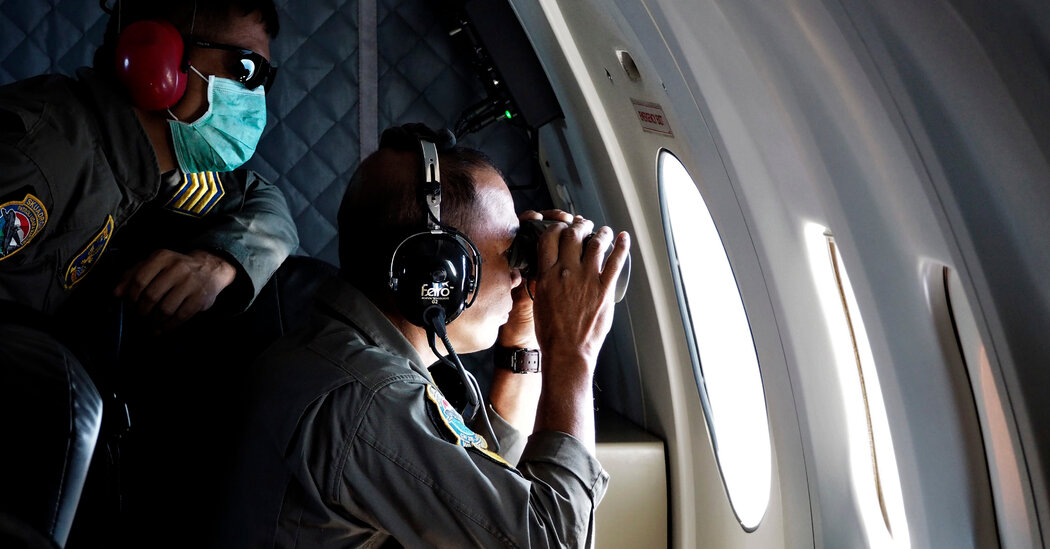
Debris from an Indonesian Navy submarine that disappeared this past week with 53 people aboard has been found deep in the Bali Sea, confirming fears that the vessel sank and cracked, the navy’s chief of staff said on Saturday.
The submarine, the KRI Nanggala-402, disappeared early Wednesday off the Indonesian island of Bali while conducting torpedo drills. Emergency signals to the vessel after it failed to make contact went unanswered.
The debris discovered on Saturday included items from inside the submarine: sponges, parts of Muslim prayer mats, bottles for grease used to lubricate periscopes. Bodies of the crew members had not been found, said the chief of staff, Adm. Yudo Margono.
The Nanggala was built to withstand pressure of up to 500 meters deep, but sonar seemed to indicate that the submarine sank to a depth of about 850 meters, well below what is referred to as “crush depth.” At that depth, even the steel hull of a submarine would almost certainly fracture from the pressure.
Search crews from several countries, along with the Indonesian Navy, had been searching the waters north of Bali for days. Time was of the essence, because the submarine’s breathable air would have been in danger of running out as early as Saturday morning.
The Nanggala, built to accommodate 34 crew members, was carrying 53 people when it disappeared, according to the navy. It is not uncommon for more people to be aboard during drills, as opposed to a longer deployment.
Built in Germany in 1977, the Nanggala was refitted in South Korea in 2012. Some of the debris found on Saturday had Korean writing on it, confirming that the pieces were from the submarine.
Other items that were located included part of a torpedo tube and the wrapping of a cooler pipe. The debris was found floating a couple of miles from where the submarine descended on Wednesday to start the torpedo drill.
Admiral Yudo said that the condition of the debris indicated that the submarine had not exploded, as has happened in other fatal submarine incidents. Instead, the submarine cracked, he said, which would be consistent with the tremendous pressure exerted at such depths.
While the Bali Sea has relatively shallow parts, there are also trenches that dig deep into the earth.
Admiral Yudo said it was not clear what had caused the submarine to sink in the first place. But naval experts said it was likely that the vessel had descended sharply and rapidly, given that it did not respond to sonar pings or give any other indications of its whereabouts.
About 3 a.m. on Wednesday, the Nanggala requested permission to descend and begin the torpedo-firing drill. The permission was granted, and that was the last communication with the submarine.
One of the people aboard the Nanggala on its final journey was Col. Harry Setyawan, the commander of Indonesia’s five-vessel submarine fleet. A top graduate of his naval academy class, Colonel Harry began his submarine career aboard the Nanggala.
As they waited for news of his fate, his oldest son, Sheeva Naufal Zidane, said he wanted to follow in his father’s footsteps as a submarine sailor.
“Ever since I was a kid, I wanted to be on a submarine, because my father is cool,” he said.
Dera Menra Sijabat contributed reporting from Sidoarjo, Indonesia.
24World Media does not take any responsibility of the information you see on this page. The content this page contains is from independent third-party content provider. If you have any concerns regarding the content, please free to write us here: contact@24worldmedia.com